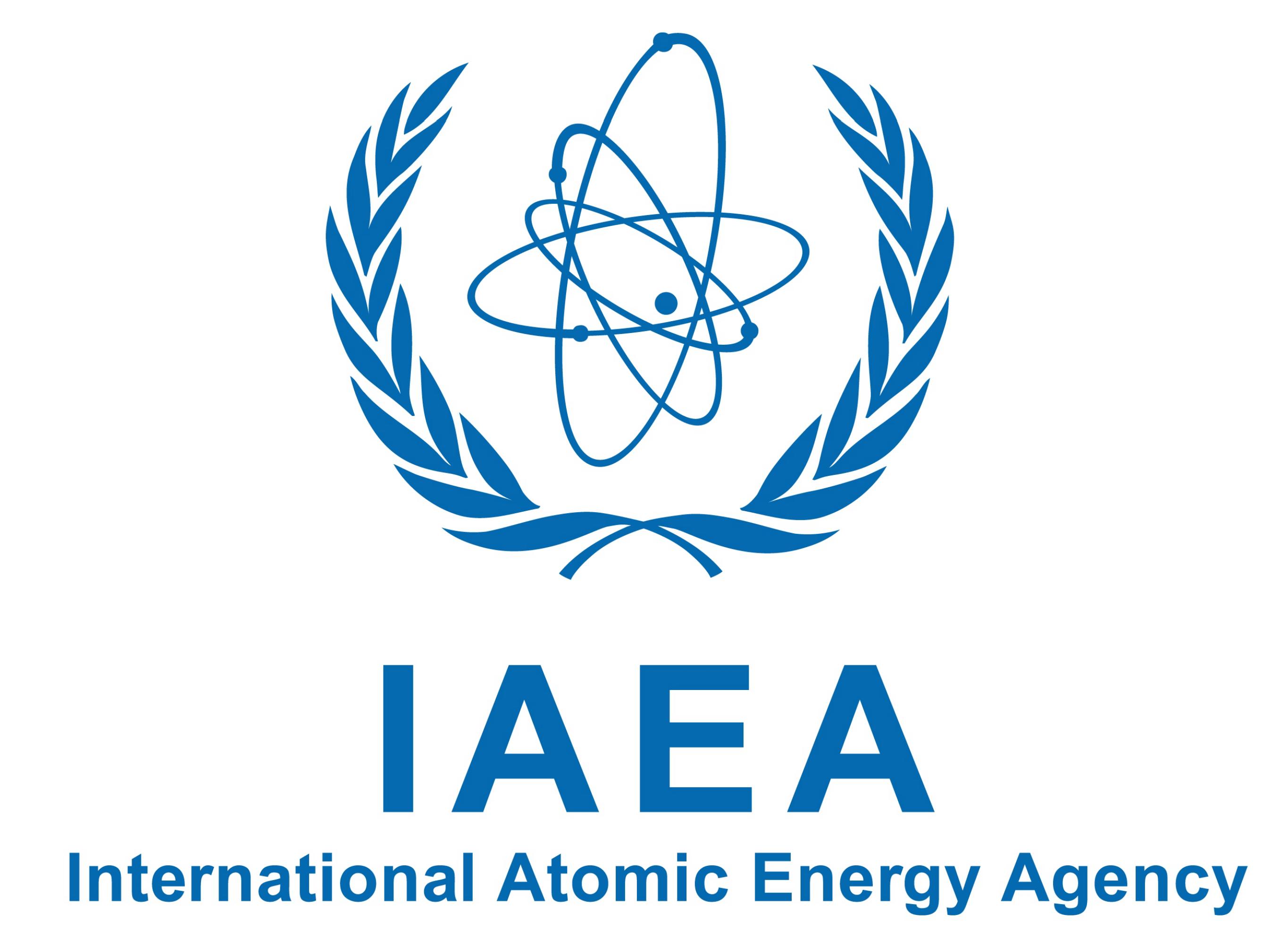Part 2 of 3 Parts (Please read Part 1 first)
A third reason that China does not want to talk about NPPs in the BRI context is the fact that China intends to build NPPs in countries with lax regulatory environments. This constitutes a major risk to the security of the global community of nations. For example, Sudan is an important part of the BRI. When the Institute for Science and International Security ranked two hundred nations with respect to their ability to limit the illicit trafficking in nuclear materials, Sudan was near the bottom of the list. Sudan has not signed the IAEA Additional Protocol which improves the ability of the IAEA to verify that nuclear fuel is only used for civil energy purposes.
China is locked in a battle with Russia to corner the market on nuclear technology exports. The export of NPPs to developing nations is part of their strategic plan whether or not it makes sense for the nations accepting the Chinese deals. Nuclear energy costs too much money, too much time and is too risky to be a good choice for these countries. And, renewable energy is rapidly dropping below the cost of fossil fuels and nuclear power. They do not need Chinese nuclear power reactors.
Nuclear power supporters like to point out that the comparable levelized cost of nuclear power is about the same as it is for solar photovoltaics. The problem is that this is based on estimates of the cost of the power source over its lifetime. The cost of solar is dropping but the cost of nuclear is not. Instead of getting cheaper when a country expands it nuclear sophistication and infrastructure, the cost of constructing and operating nuclear reactors usually rises. In addition, the cost of nuclear plant construction almost always rises sharply during construction and the schedule for completion almost always slips seriously. On the other hand, the cost of additional wind and solar installations falls with experience.
China boasts of being at the forefront of the development of advanced nuclear reactor designs. They like to point to their internally designed Hualong-One reactor as an example of their inventiveness that is competitive with other reactor designs. They are planning to build copies of this reactor design in at least five countries at widely separated locations. There are no Hualong-One reactors currently in operation anywhere. Based on the evidence to date, innovation and experience in nuclear technololgy may not lead to cost reduction.
In addition to the new Hualong-One design, the European Union is working on the new European Pressurized Reactor (EPR) and Westinghouse in the U.S. is touting the new AP1000 reactor design. In December of 2017, the first EPR reactor ever build was coming on line in China. During a test, a boiler cracked and the schedule for completion slipped. This was the third delay in two years and it cost the project seven hundred and seventy million dollars. Meanwhile, an AP1000 reactor also being built in China had to be delayed a month after the EPR problem. Delays are common on NPPs. Currently, fifty-five nuclear power plants are under construction. So far, two thirds of these projects are behind schedule, so delays are more common than not.
The is also the threat of terrorism to worry about. In the three years between 2013 and 2016, the Center for Nonproliferation Studies reports that there were almost seven hundred incidents where radioactive materials were stolen or lost in forty-six countries. In that time, there have been nine thefts of highly radioactive materials in Mexico alone.
Please read Part 3
